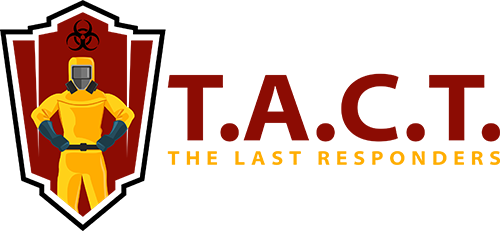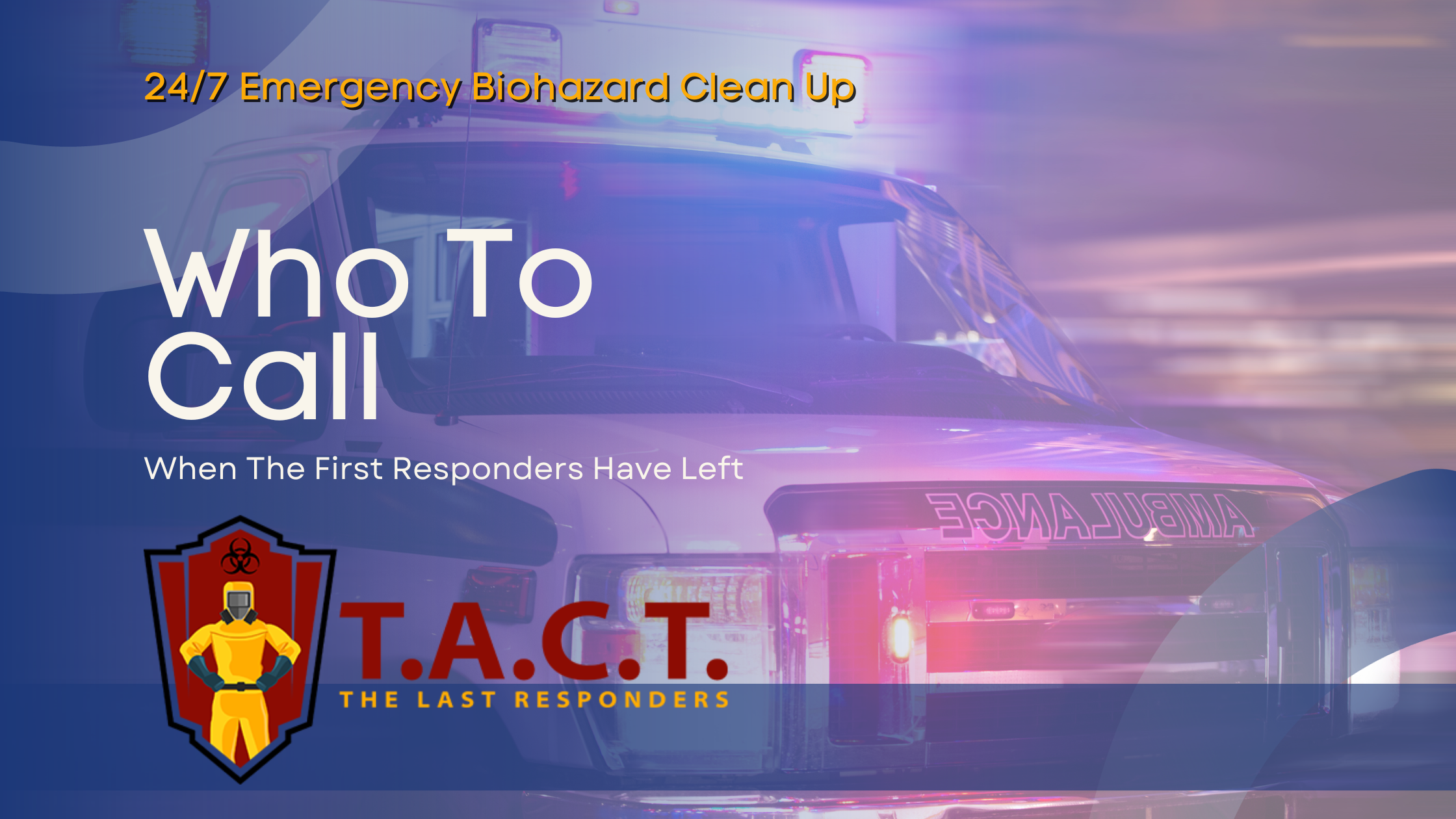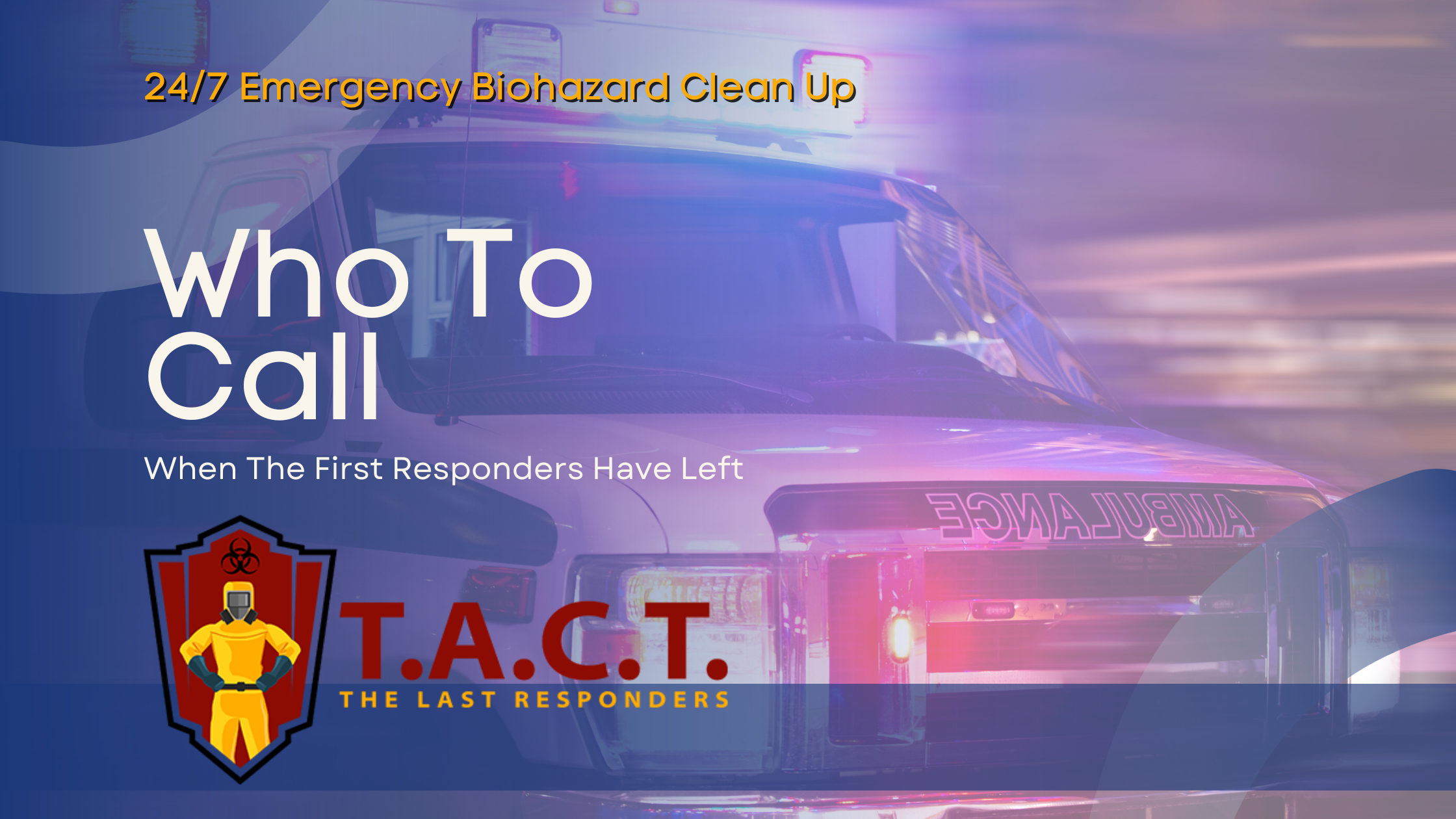How to overcome Hoarding
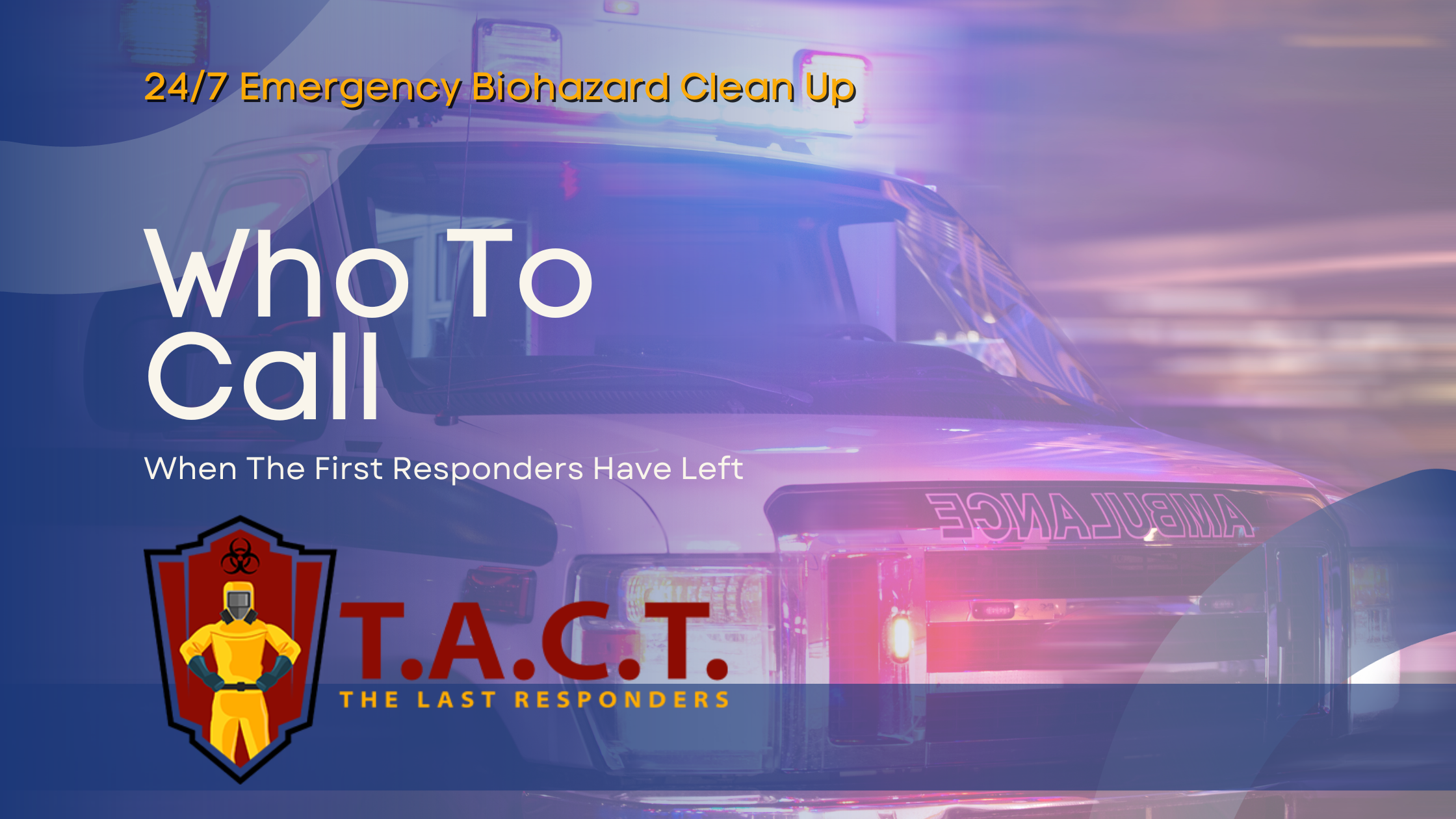
How to Overcome Hoarding: Practical Steps for a Healthier Life
Struggling with hoarding can feel overwhelming, but you don’t have to face it alone. This article will provide you with practical steps on how to overcome hoarding, from understanding the disorder to breaking down the decluttering process into manageable tasks. You’ll learn strategies to identify your triggers, make better decisions, and seek appropriate support. Let’s begin your journey to a healthier, clutter-free life.
Key Takeaways
Hoarding disorder is characterized by excessive clutter and emotional attachments to possessions, often leading to social isolation and significant distress.
Identifying triggers, such as stress and emotional connections, and employing decision-making strategies are essential for managing hoarding behaviors.
Engaging in professional treatment like Cognitive Behavioral Therapy and seeking support from loved ones or support groups can significantly aid in overcoming hoarding disorder.
Understanding Hoarding Disorder
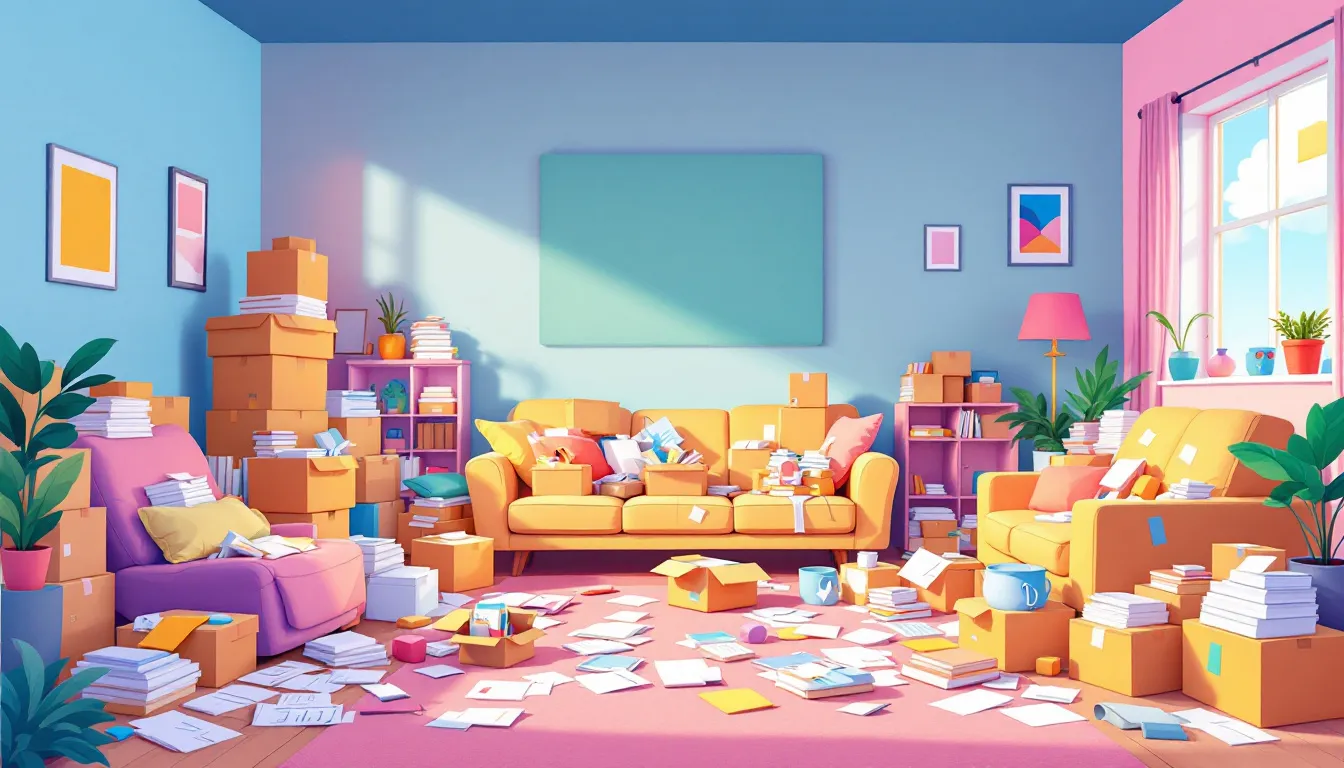
Hoarding disorder involves acquiring excessive items and storing them chaotically, leading to significant clutter and distress. Unlike occasional messiness, hoarding behavior is persistent and intensifies over time, often starting in the late teenage years. The piles of clutter can take over living spaces, making it difficult to lead a normal lifestyle. Learn more about the serious consequences of hoarding.
One of the challenges in treating hoarding disorder is that many individuals may not recognize their behavior as a problem. This lack of insight complicates engagement in treatment. The societal focus on acquiring more, fueled by consumerism, advertising, and retail therapy, exacerbates hoarding behaviors. Cultural influences make it harder to discern when enough is enough, leading to compulsive hoarding and unhealthy living conditions.
Hoarding disorder doesn’t just create physical clutter; it also leads to severe social isolation as individuals may be reluctant to allow others into their cluttered homes. Understanding these aspects is crucial for anyone looking to treat hoarding disorder effectively. Recognizing the disorder’s impact on mental health and mental disorders in daily life is the first step towards seeking help and making meaningful changes.
Identifying Your Hoarding Triggers
Identifying what triggers your hoarding behavior is essential for managing it. A stressful life event often serves as a catalyst, making it harder to cope and leading to compulsive hoarding. Emotional connections to household items can also play a significant role; many individuals keep possessions that hold little practical value but are emotionally significant.
Decision-making and organization are common struggling for those with hoarding tendencies in the house. Throwing societal pressures around acquiring more can distort the perception of human security and throw sufficiency, leading to an ever-growing collection of objects that can happen.
Recognizing these triggers—whether they are stress, emotional attachments, or societal expectations—allows you to address the root causes of your hoarding problem.
Decision-Making Strategies
Effective decision-making is a cornerstone of managing hoarding disorder. Strategies include:
Questioning, challenging, and contradicting irrational thinking related to hoarding.
Creating a plan for sorting items to provide clear direction and improve decision-making.
Implementing personal rules, such as discarding items not used in the last year, to simplify choices during decluttering.
Minimizing impulse purchases is another crucial aspect. Questioning the necessity of an item before purchasing it helps prevent clutter from accumulating. These strategies help you take control, manage your resources, and save thoughtful decisions that will benefit you in the long run, allowing you to avoid making decisions that may lead to regret. This is a review of effective strategies.
Starting the Decluttering Process
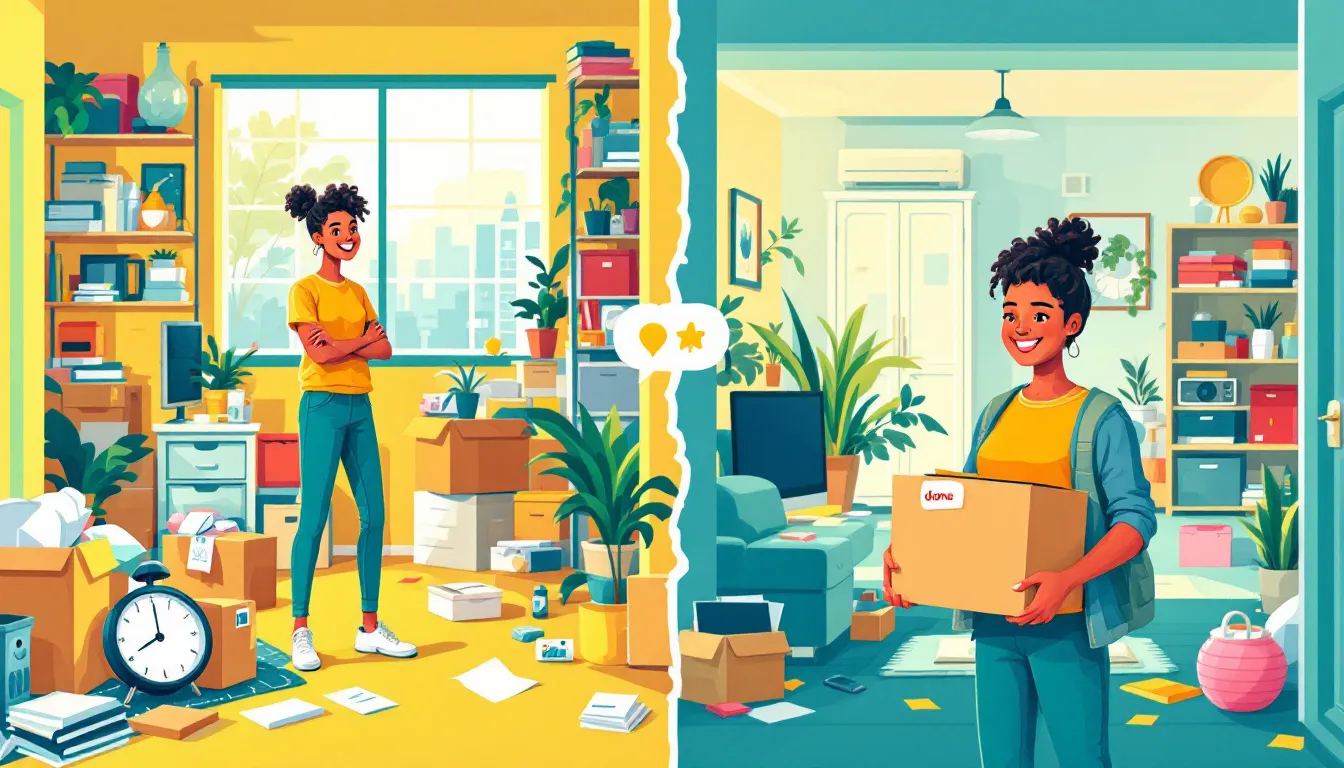
Beginning the decluttering process can feel overwhelming, but breaking it down into manageable steps can make it more achievable. Here are some steps to get started:
Establish small, manageable goals.
Focus on simpler items first before tackling more challenging ones to build momentum.
Choose a designated area to declutter to help maintain focus and prevent distractions.
Completing tasks in brief sessions, such as 10 minutes a day, can maintain momentum without overwhelming you. Tracking your progress visually, like taking before-and-after photos, can provide motivation to keep going. With these strategies, you can begin the decluttering journey with confidence.
Break Tasks into Small Steps
Breaking tasks into small steps is a key strategy for managing a clutter problem. Setting specific, smaller goals for decluttering can prevent feelings of being overwhelmed. For instance, start with a single pile or a specific type of item, like shoes or books. Completing this task can build confidence and create a sense of accomplishment.
Taking it one step at a time helps maintain motivation and ensures steady progress. Remember, the first step is often the hardest, but once you begin, you’ll find that each small victory adds up to significant change.
Categorize Items
Categorizing items is another effective strategy for decluttering. The recommended piles for sorting items are:
Keep
Donate
Trash Clearly defining outcomes for items helps streamline the decision-making process. When sorting, quickly decide whether to keep, donate, throw things, or discard each item to maintain momentum.
Using clear labels for these piles can further aid in organizing the process. Categorizing items makes it easier to identify what is truly needed and what can be let go, simplifying the decluttering process with one pile.
Coping with Emotional Discomfort
Coping with the emotional discomfort that comes with decluttering is crucial. One effective technique is urge surfing, a mindfulness practice that helps manage cravings by observing them without acting impulsively. This practice involves:
Recognizing urges as temporary sensations
Observing these urges without responding impulsively
Understanding that these sensations can pass without a response, feeling that they are not permanent.
Integrating mindfulness into urge surfing enhances self-awareness and helps you recognize triggers, leading to healthier decision-making. Practicing urge surfing can improve emotional regulation and reduce reliance on harmful coping mechanisms. Finding ways to relax without engaging in hoarding behaviors also supports better emotional health.
Seeking Support from Loved Ones
Seeking support from loved ones can make a significant difference in managing hoarding disorder. Involving a trusted friend or family member in the sorting process provides support and encourages accountability. Family members, friends, and community agencies play a critical role in supporting individuals with hoarding disorder.
It’s crucial to express empathy and understanding when discussing hoarding with a loved one. Focus on safety concerns rather than criticizing the behavior to facilitate better communication. Keeping the conversation centered on the person rather than their possessions can help strengthen your relationship and provide the support needed to overcome the hoarding problem.
Professional Treatment Options
Professional treatment options are crucial for managing hoarding disorder. Cognitive Behavioral Therapy (CBT) is the main treatment recommended for treating hoarding disorder. It is widely regarded as the most effective approach for this condition. Therapists help clients organize and declutter their homes during sessions, focusing on improving decision-making and reducing saving urges, as clients are treated for their challenges.
While there are no FDA-approved medications specifically for hoarding disorder, selective serotonin reuptake inhibitors (SSRIs) are often prescribed to address accompanying anxiety or depression. SSRIs have been shown to help some individuals by alleviating symptoms of these related mental health conditions.
People with hoarding disorder often seek help for related issues, emphasizing the importance of mental health providers in creating an effective treatment plan. Regular follow-ups with mental health providers can help sustain the progress made in treatment. Encouraging a loved one to seek professional help can also be beneficial.
Maintaining a Clutter-Free Home

Maintaining a clutter-free home requires consistent effort and strategies. Limiting new incoming items, such as opting out of unnecessary subscriptions, helps maintain control over your space. Implementing a rule that for every new item brought in, an existing item must be removed helps manage clutter.
To prevent clutter from accumulating, consider the following routines to stay organized:
Establish a nightly routine to reset your home by returning items to their designated places.
Process incoming mail immediately.
Engage in monthly decluttering sessions, such as a ‘21-item purge,’ to encourage consistent evaluation and removal of unnecessary items to save items.
Joining a Support Group
Joining a support group can provide significant benefits for individuals with hoarding disorder, including:
A sense of understanding and validation from others who share similar experiences
Reduced feelings of isolation
Increased motivation to confront hoarding behaviors
Peer support is crucial in recovery, offering insights, encouragement, and accountability. Being part of a support group fosters a connection to a community, making the journey toward a healthier life more manageable and less daunting.
Summary
Overcoming hoarding disorder is a challenging but achievable goal. By understanding the disorder, identifying triggers, and employing practical decision-making strategies, you can begin to reclaim your space and life. Starting the decluttering process with small, manageable steps and categorizing items effectively can make a significant difference.
Seeking support from loved ones and exploring professional treatment options are vital steps in this journey. Maintaining a clutter-free home requires consistent effort, but with the right strategies and support, it is possible. Joining a support group can provide additional encouragement and community. Remember, each small step brings you closer to a healthier, more organized life.
Frequently Asked Questions
What are common triggers for hoarding behavior?
Common triggers for hoarding behavior include stressful life experiences, strong emotional attachments to items, and societal pressures. Recognizing these factors can be crucial in addressing hoarding tendencies.
How can I start the decluttering process without feeling overwhelmed?
Start the decluttering process by setting small, manageable goals and tackling simpler items first. This approach will help you build momentum without feeling overwhelmed.
What professional treatment options are available for hoarding disorder?
Cognitive Behavioral Therapy (CBT) is the primary treatment for hoarding disorder, often supplemented with SSRIs to manage anxiety or depression. Seeking professional help can significantly improve the situation.
How can I involve loved ones in the decluttering process?
Involving a loved one in the decluttering process can provide valuable support and accountability. Share your goals and focus on creating a positive and safe environment for discussion rather than passing judgment.
How can I maintain a clutter-free home after decluttering?
To maintain a clutter-free home after decluttering, limit new items, establish nightly routines for resetting your space, and schedule regular decluttering sessions. Immediately processing incoming mail will further help you stay organized.
Latest news
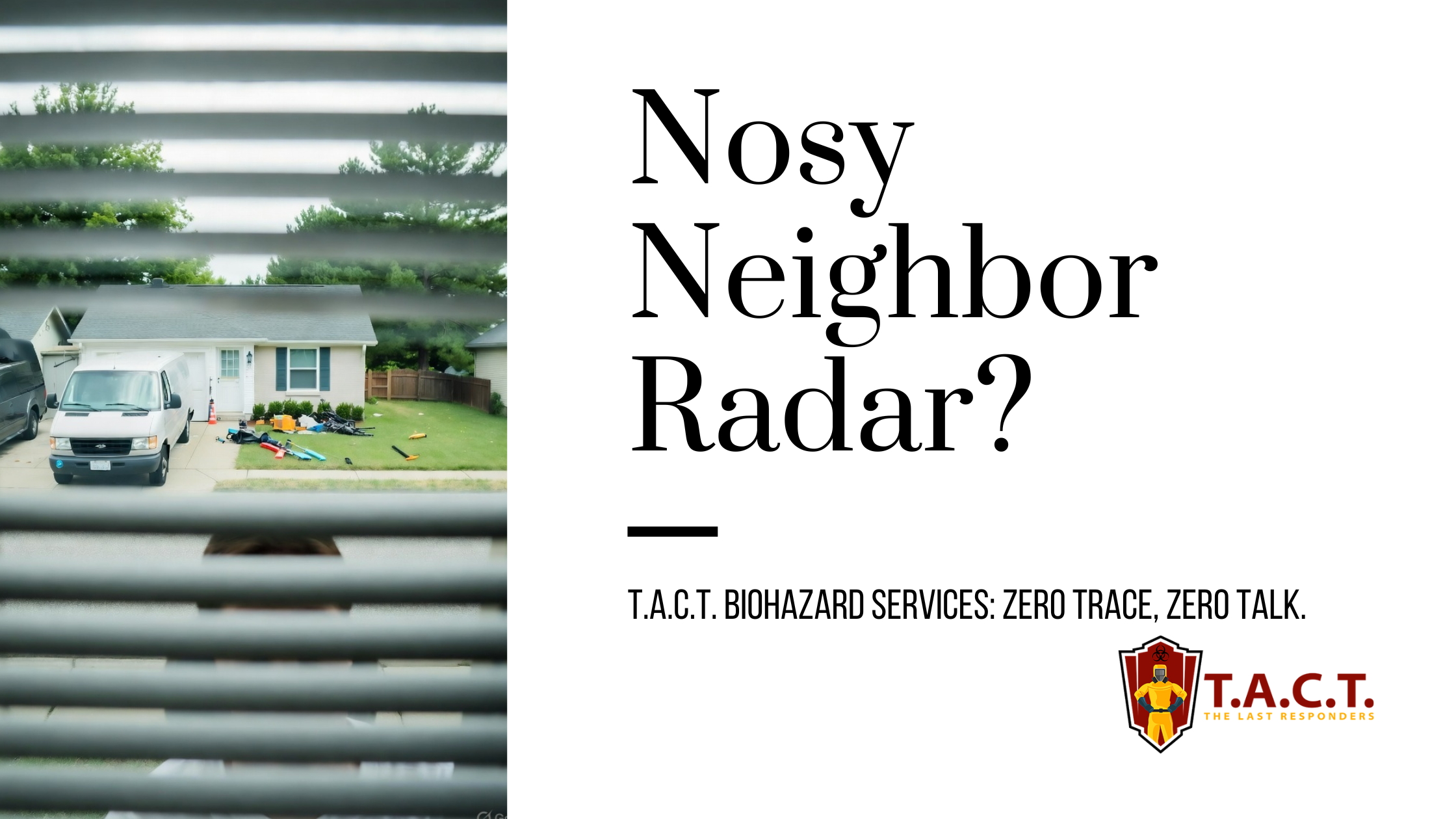
Nosy neighbors peeking? T.A.C.T. North Atlanta offers discreet biohazard remediation for rodent infestations, mold, hoarding, and more. Unmarked vehicles, quiet experts, full privacy—24/7 service at 470-781-4775.
Read More